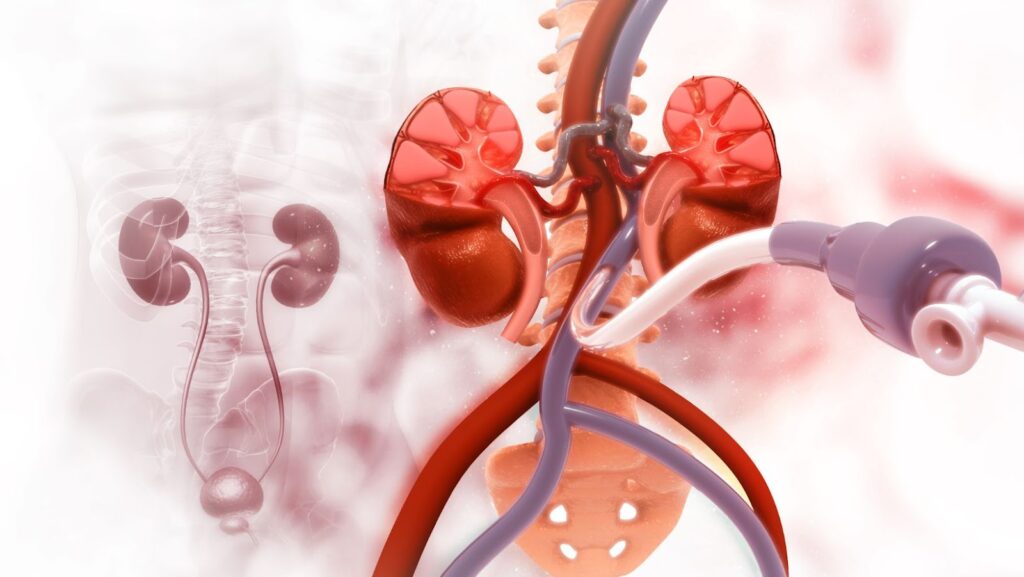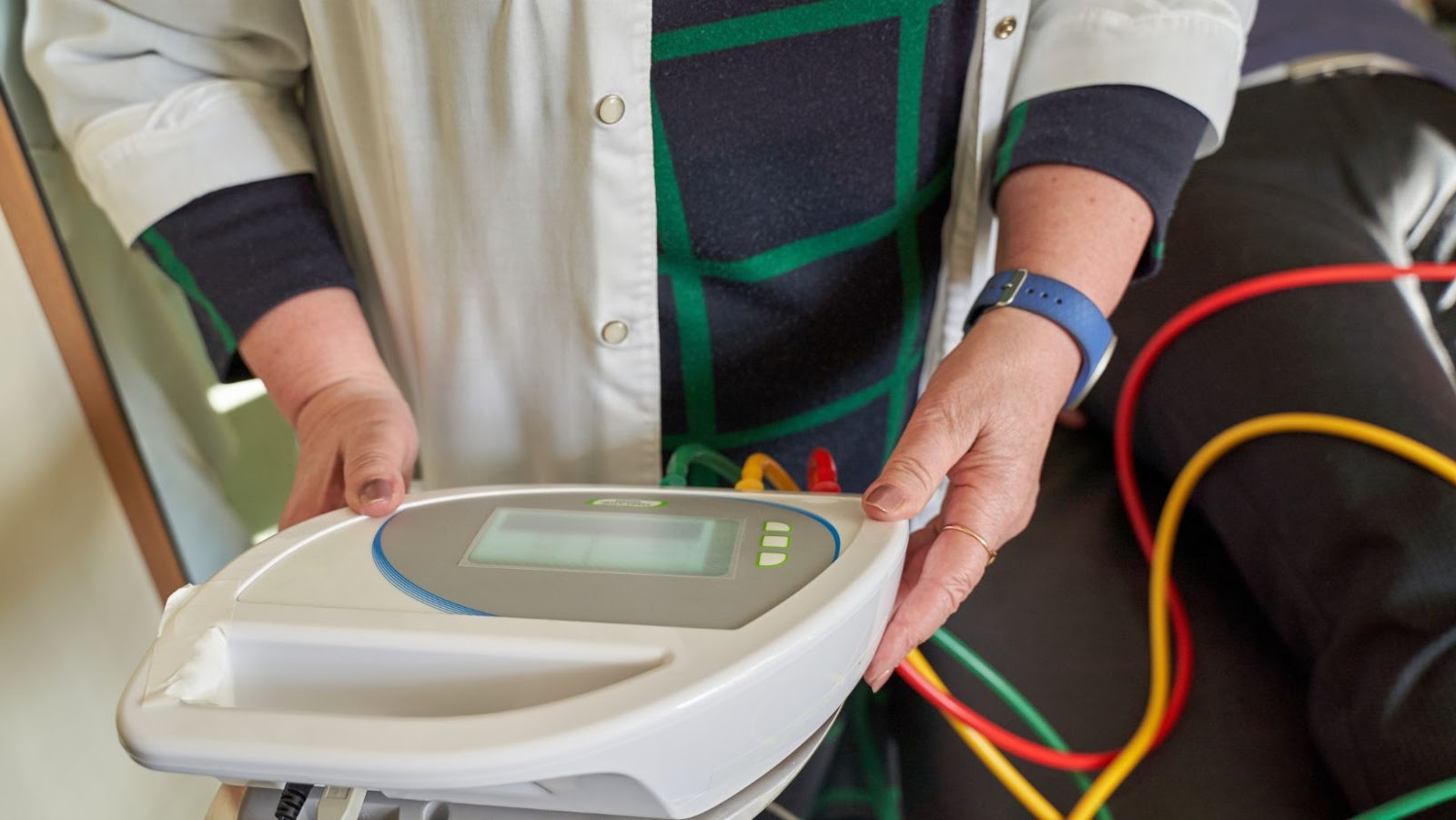
Half of those with peripheral artery disease show no symptoms; however, soreness or discomfort in the legs is a typical indicator. Walking may also cause you to feel weak or weary. Calves, thighs, and buttocks may be affected. St. Louis peripheral artery disease can develop over time, and symptoms may not appear until later. Many will not notice symptoms until their artery is constricted by 60% or more.
An Overview of PAD
Peripheral artery disease (PAD) develops when the arteries that deliver blood to your legs, abdomen, and arms narrow, resulting in decreased blood flow. When plaque, a fatty material, accumulates inside these arteries, it causes constriction. Many patients with peripheral artery disease have claudication, walking difficulty, or agony. Reduced blood flow can harm the skin, muscles, and other tissues. In severe circumstances, blood clots or other issues might block arteries, resulting in limb amputation. You can avoid these consequences with treatment.
How to diagnose PAD
A physical exam is an initial step in identifying peripheral artery disease. Your clinician will talk about your symptoms and your lifestyle with you. Blood tests to evaluate your cholesterol, triglycerides, and blood sugar may also be ordered. To better understand the blood flow to your extremities, your doctor may request imaging studies. Your testing might involve the following:
Vascular Ultrasonography
Is a non-invasive examination of blood circulation. A transducer (small hand-held device) is put on your skin over the artery to be inspected during vascular ultrasonography. Sound waves are emitted by the transducer and bounce off your arteries. These sound waves are captured, and a picture of the vessel is generated and presented on a monitor. This test may be performed to diagnose an arterial blockage.
The Ankle/Brachial Index (ABI)
Compares your legs’ blood pressure to your arms’ blood pressure. Blood pressure cuffs are put on your arms and legs during this examination. The cuffs are inflated while a hand-held gadget (known as a Doppler) measures your blood flow. The ABI screening assesses the quantity of blood flow to the legs and feet, which is reduced in those with PAD. ABI is a highly effective approach for identifying peripheral artery disease.
A Pulse Volume Recording
Is a non-invasive procedure that monitors blood volume fluctuations in your legs. A blood pressure cuff is placed on the arm during this examination, and multiple cuffs are positioned on your legs. While lying down, the cuffs are slightly inflated. As blood flows through your arteries, the blood vessels expand, creating a rise or decrease in air volume within the cuff. These pulse volume variations are shown as a waveform on a monitor by a recording device. Blood pressures are tested before and after activity on a treadmill to determine whether your discomfort is caused by PAD or anything else.
By adopting lifestyle adjustments, you can avoid or slow the progression of PAD. Maintain all your follow-up visits with your healthcare provider and vascular specialist, and take all medications prescribed for your issues. Knowing the warning signals of PAD problems also helps you know when to seek assistance. Call Midwest Institute for Non-Surgical Therapy (MINT) to schedule your meeting today to determine whether you are an ideal candidate for peripheral artery disease treatments.














